Table of Contents
Tequila from Mexico offers a fascinating journey into the world of this beloved spirit. From its ancient origins to modern-day production methods, we have delved deep into the rich history, tradition, and culture surrounding tequila. By understanding how different tequilas are crafted and discovering their unique qualities through brand identification, you can truly appreciate the craftsmanship that goes into every bottle.
Tequilerias across Mexico provide an opportunity for travelers seeking immersive experiences, such as guided tours around distilleries or visits to picturesque agave fields. These experiences offer an intimate look at how traditional methods blend with modern techniques to create tequila of exceptional quality.
So grab your glass and let us transport you to a land where every sip is an adventure waiting to unfold. Let’s raise our glasses high and toast for exploring the enticing flavors of tequila from Mexico!
1. The History and Culture of Tequila from Mexico
Tequila from Mexico, the spirit that carries a rich history and vibrant culture that is deeply rooted in the heart of Mexico. Dating back to ancient times, tequila has been an integral part of Mexican traditions and celebrations. The origins of tequila can be traced back to the indigenous tribes of Mexico who first discovered the wonders of fermenting agave juice. These early civilizations believed that agave was a sacred plant bestowed upon them by the gods. They used it for various purposes including making clothing, building materials, and most importantly, producing a potent alcoholic beverage known as pulque.
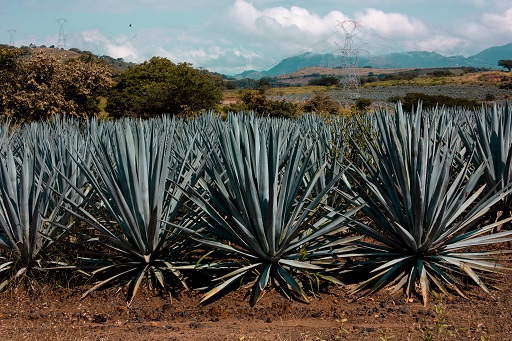
As time went on, Spanish conquistadors arrived in Mexico and introduced distillation techniques from Europe. This marked a turning point in tequila production as the process evolved into what we know today. Tequila’s popularity grew steadily over centuries and eventually gained international recognition. In 1974, it became recognized as an official designation of origin by the Mexican government. This ensured that only spirits produced within specific regions using certain methods could legally be called “tequila.”
The cultural significance of tequila extends beyond its consumption; it is deeply ingrained in Mexican traditions and folklore. From Day of the Dead festivities to weddings and birthdays, no Mexican celebration is complete without raising a glass filled with this beloved spirit. Exploring Mexico’s countryside reveals picturesque landscapes dotted with blue agave fields stretching as far as the eye can see.

2. How Tequila is Made: From Agave Plant to Bottle
Tequila from Mexico is known for its bold flavors and smooth finish and is made through a meticulous process that starts with the agave plant. From planting to harvesting, each step contributes to the distinct taste and character of this beloved beverage. It all begins with blue agave plants, which take around 8-12 years to mature fully.
Once ready, skilled jimadores carefully remove the spiky leaves from the heart of the plant called piña. These piñas are then cooked in large ovens or autoclaves to convert their starches into fermentable sugars. After cooking, it’s time for extraction. The softened piñas are crushed and juiced to extract their flavorful nectar. This juice is then fermented using yeast, allowing natural sugars to transform into alcohol over several days or even weeks.
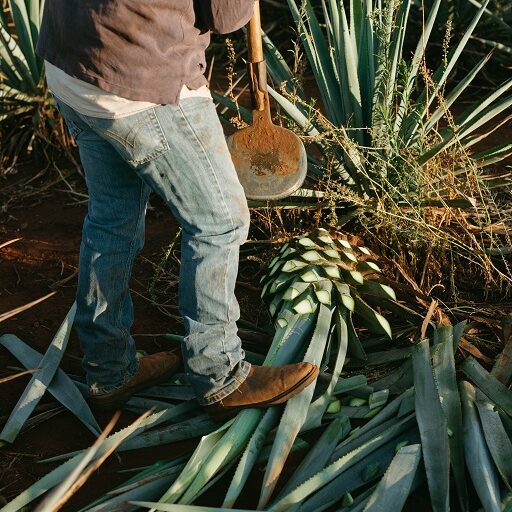
Next comes distillation – a crucial step that separates tequila from other spirits. The fermented liquid goes through multiple rounds of distillation in copper stills or stainless steel columns. Each pass refines and concentrates flavors until they reach the desired purity levels.
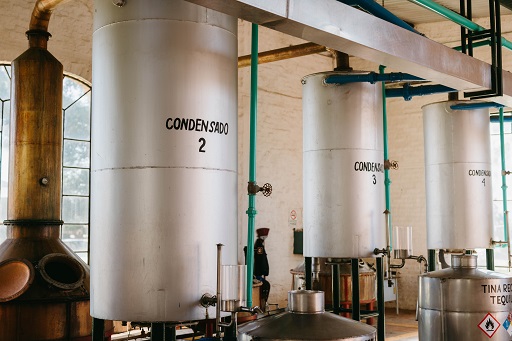
The final stage involves bottling where private-label tequila manufacturers ensure quality control before sealing up these liquid masterpieces. Throughout this intricate journey from agave plant to bottle, private label manufacturers preserve traditional techniques while also embracing innovation, resulting in unparalleled diversity within the tequila market.
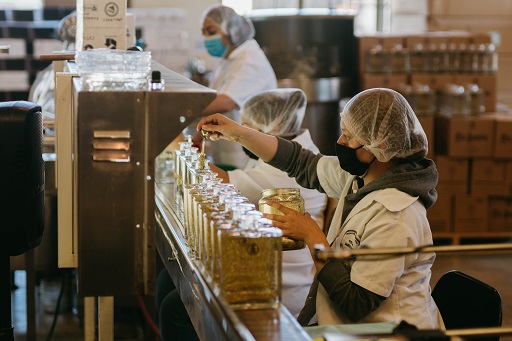
3. The Types of Tequila From Mexico and How They Differ
The world of tequila is filled with options, each offering its unique flavor and characteristics. Understanding the different types of tequila can help you appreciate the nuances and find your perfect match.
- Blanco (Silver) Tequila: This tequila is unaged and bottled directly after distillation (it can be stilled for some days or months). It embodies the purest form of agave flavors, with a crisp and vibrant taste that may have hints of citrus or pepper.
- Reposado Tequila: Aged for a minimum of two months but less than a year, reposado tequilas are rested in oak barrels. This aging process adds complexity to the spirit, resulting in a smoother flavor profile with notes of vanilla and caramel.
- Añejo Tequila: Aged for at least one year in oak barrels, añejo tequilas offer rich flavors reminiscent of dark chocolate, tobacco, and roasted nuts. The extended aging process gives them a velvety smoothness that lingers on the palate.
- Extra Añejo Tequila: Introduced more recently to meet the growing demand for aged spirits, extra añejo tequilas are aged for over three years in oak casks. These ultra-premium expressions showcase intricate layers of flavors like dried fruit, leather, and spices.
- Flavored Tequilas: In recent years, flavored variations have emerged to cater to diverse palates seeking new experiences beyond traditional tastes. From fruity infusions like pineapple or mango to spicy blends infused with jalapeños or cinnamon – there’s something for everyone!
Each type offers its distinct character – whether you prefer fresh and lively blanco or indulgent extra añejo depends on personal preference! Remember that quality matters too; opting for brands made by private-label tequila manufacturers ensures craftsmanship from start to finish.
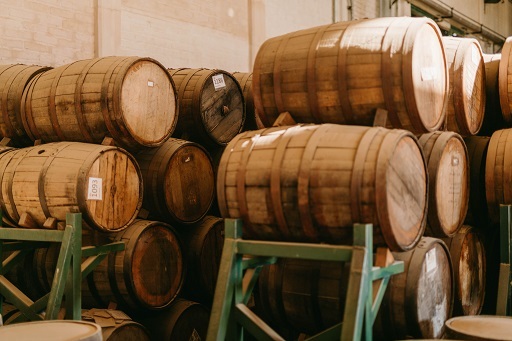
4. Popular Brands and Their Unique Qualities
When it comes to tequila, there are a plethora of popular brands that have made their mark in the industry. Each brand brings unique qualities and characteristics to the table, making for an exciting exploration of flavors.
One well-known brand is Patron, which is renowned for its smooth and high-quality tequila. Their attention to detail and dedication to craftsmanship shines through in every bottle. Another popular choice is Jose Cuervo, one of the oldest tequila brands in Mexico. Known for its rich history and tradition, Jose Cuervo delivers a range of tequilas that cater to all palates.
For those looking for something with a bit more flair, Don Julio offers a selection of premium tequilas that are sure to impress even the most discerning connoisseurs. With their commitment to using only the finest blue agave plants and traditional production methods, each sip tells a story.
If you’re seeking innovation and modern twists on traditional flavors, Casamigos may be your go-to brand. Co-founded by George Clooney and Rande Gerber, Casamigos has quickly gained popularity with its smooth and flavorful offerings.
These are just a few examples among many remarkable brands out there waiting to be explored. Each one brings something special to the table – whether it’s their heritage or innovative approach – making them stand out from the crowd. So why not embark on your journey through these distinct tastes? Enjoy & take every opportunity to taste a tequila from Mexico.
5. Pairing Tequila from Mexico with Food
Tequila, the iconic Mexican spirit, is not only enjoyed on its own but also pairs beautifully with various dishes. Whether you prefer traditional Mexican cuisine or want to explore modern flavor combinations, there are endless possibilities.
For those seeking more adventurous pairings, consider exploring modern combinations. The complexity of an añejo tequila can enhance the flavors of savory dishes such as mole or slow-cooked pork carnitas. Don’t limit yourself to just savory options!
Tequila can also be paired with desserts for a delightful sweet-and-sour contrast. A shot of crisp silver tequila alongside tangy citrus sorbet or creamy caramel flan creates a delightful balance that tantalizes the palate.
Remember, experimentation is key when it comes to finding your perfect tequila and food pairing. Each person’s preferences vary, so don’t be afraid to try different combinations until you find what works best for you! Whether you opt for classic pairings rooted in tradition or venture into uncharted culinary territory with innovative combinations, exploring the world of pairing tequila with food offers endless opportunities for discovery and enjoyment.
So go ahead – raise your glass and embark on this flavorful journey! Remember to write down your favorite Tequila from Mexico and Food combination in this blog’s comments section!
6. The Best Places to Visit in Mexico for a Tequila Experience
Mexico is not only the birthplace of tequila, but it is also home to some of the best places where you can fully immerse yourself in the world of this iconic drink. From quaint distilleries in picturesque towns to bustling cities with vibrant nightlife, countless destinations cater to tequila enthusiasts.
One such place is Jalisco, the heartland of tequila production. Here, you can visit the town of Tequila itself and explore its many distilleries and agave fields. Take a tour and learn about the traditional production methods passed down through generations or sample different varieties at local tasting rooms.
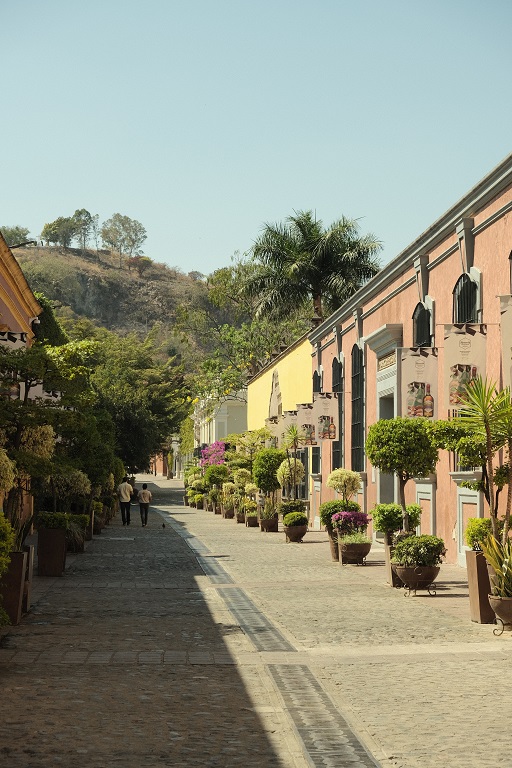
If you prefer a mix of history and culture with your tequila experience, head to Guadalajara. This vibrant city boasts an array of bars and restaurants where you can savor classic and innovative tequila cocktails. Don’t miss out on exploring Tlaquepaque’s artisanal markets either – they offer unique crafts and souvenirs related to Mexico’s favorite spirit.
Wherever your travels take you in Mexico, one thing is certain: there will always be ample opportunities to indulge in the rich flavors and traditions associated with tequila-making. So grab your passport, pack your taste buds, and get ready for an unforgettable tequila experience in the
Conclusion | Tequila From Mexico
As we’ve embarked on this journey exploring the world of tequila, one thing has become abundantly clear – the richness of its flavor and tradition is unparalleled. From its humble beginnings in Mexico to its global popularity today, tequila continues to captivate drinkers with its unique taste and cultural significance.

The flavors found in tequila are as diverse as the landscapes where the agave plants grow. Whether you prefer the smooth sweetness of a blanco or the rich complexity of an añejo, there’s a tequila out there for every palate. Each sip tells a story – from the earthy notes imparted by volcanic soil to hints of citrus that dance on your tongue.
FAQ | Exploring World’s Flavors: Tequila from Mexico
Are all tequilas made from blue agave?
Yes, authentic tequilas are made from the blue agave plant. This unique plant gives tequila its distinctive flavor profile.
Can I visit distilleries and agave fields in Mexico?
Absolutely! There are several regions in Mexico where you can visit distilleries and learn about the process of making tequila. Some popular destinations include Jalisco, Guanajuato, and Michoacán.
What is the best way to enjoy tequila?
The best way to enjoy tequila is by sipping it slowly and savoring its flavors. You can also try it in cocktails, or mineral water, ice, and lemon drops. Remember to use appropriate shot glasses and margaritas from our Blown Glass Store.
Are there any health benefits associated with drinking tequila?
Moderate consumption of high-quality tequila has been linked to potential health benefits such as improved digestion and increased good cholesterol levels. However, it’s important to drink responsibly and in moderation.
